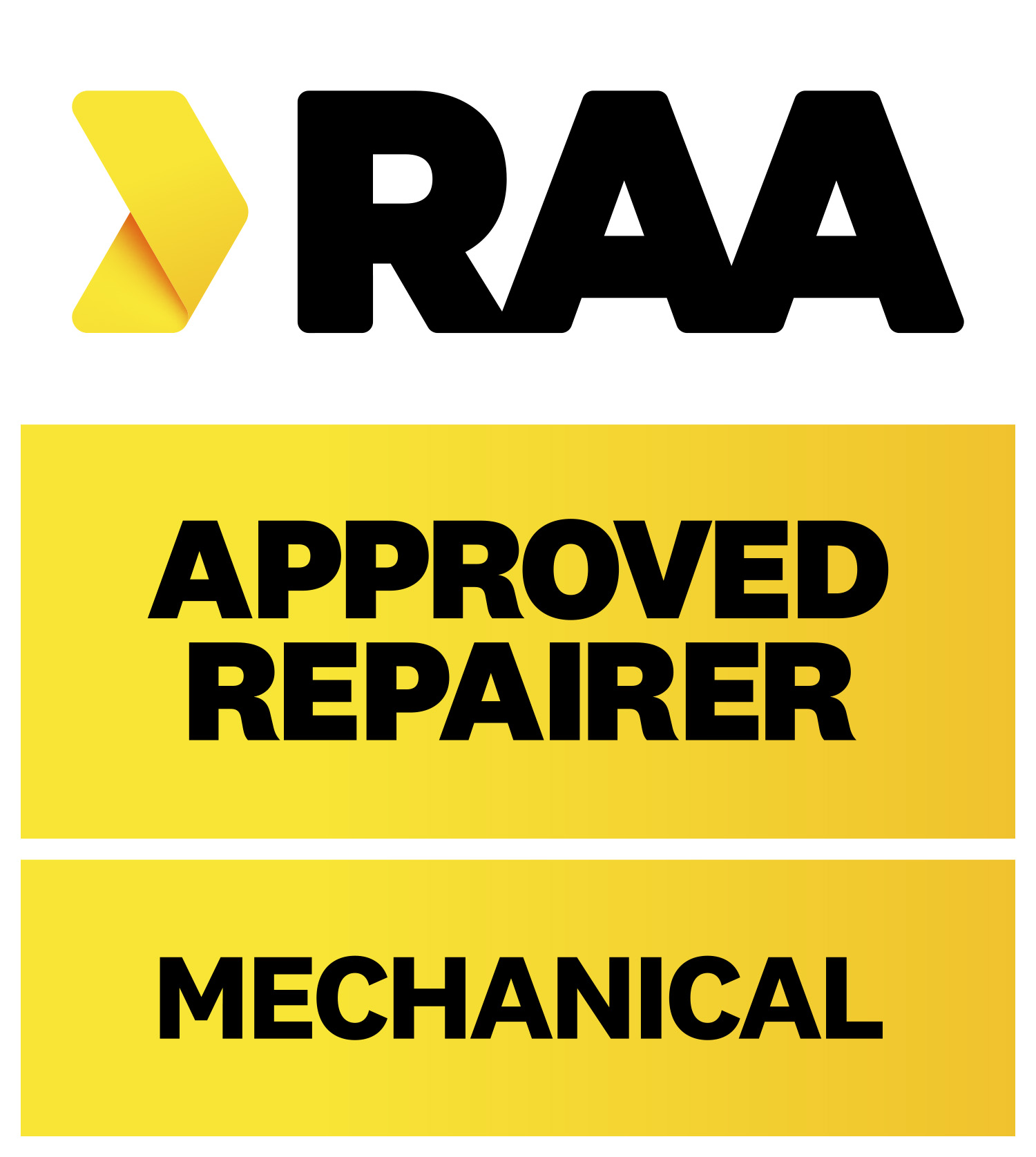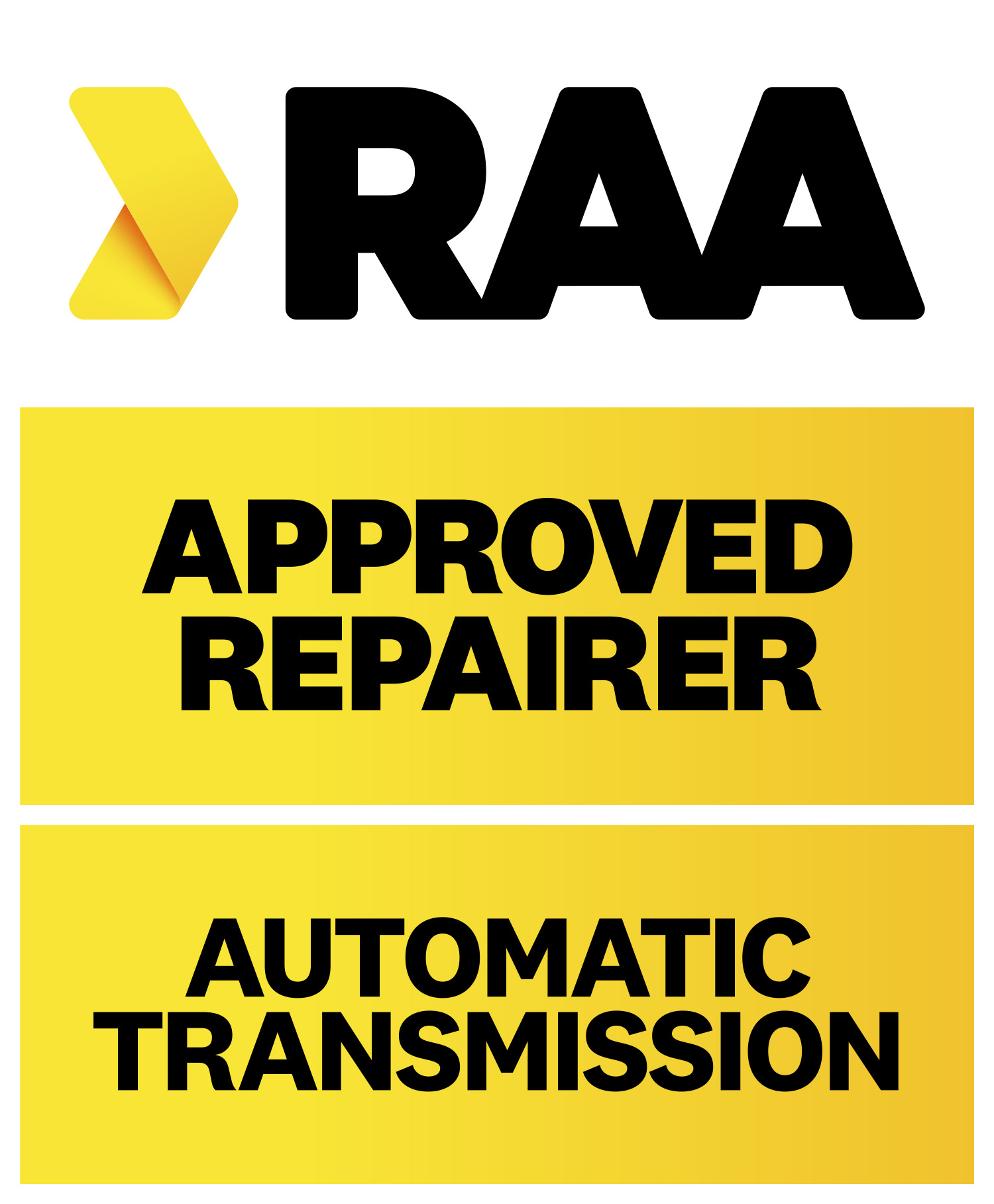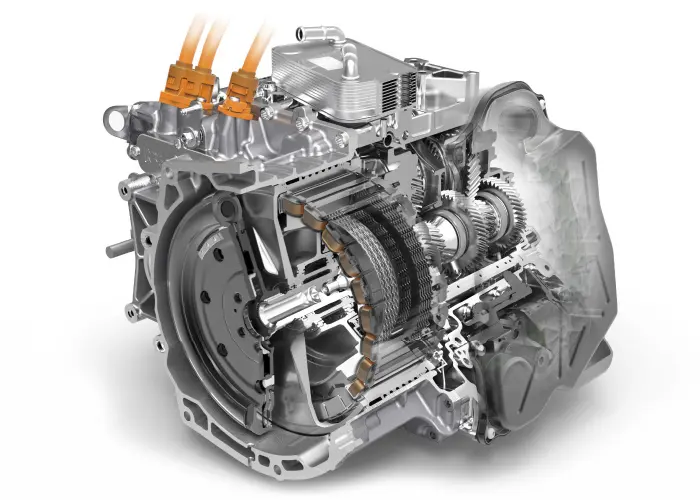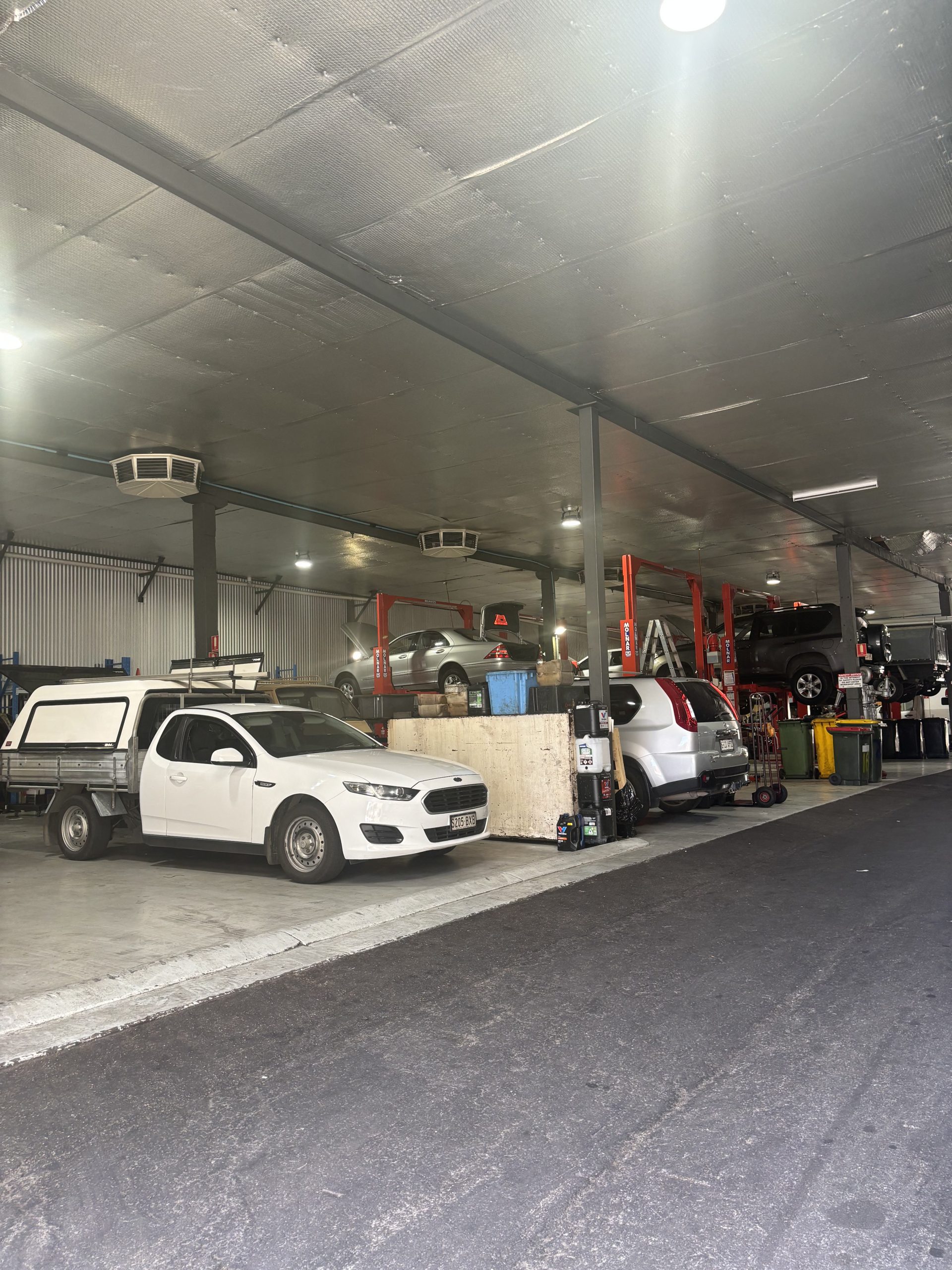Rowell and Searle is South Australia’s oldest and largest automatic transmission service specialists with over 100 years combined experience in auto transmission diagnosis and auto transmission repairs. Celebrating over 70 years in business, we have the knowledge to take care of your auto transmission service and repair needs.
We have dedicated ourselves to being experts at automatic transmissions for all makes and models of all years, including high-end European vehicles. Whether your issue is minor or major, our expertise and quick turnaround time will have your vehicle back on the road and running smoothly, quickly and affordably.
Auto transmission specialists in Adelaide
We remain dedicated to staying up-to-date on the most modern transmission technology, and we make sure to acquire the equipment, knowledge and skillset required to work at the highest level on your vehicle’s transmission, no matter how technologically advanced. Whether you need a full auto transmission repair overall, or a diagnostic check or scan, we’ve got you taken care of at Rowell & Searle – you’re auto transmission experts in Adelaide.
Our specialties include:
- Automatic transmission overhauls
- Exchange transmissions
- Transmission repairs
- Transmission servicing (to the Australian Standard)
- Transmission coolers – supply & install
- Diagnostic checks / scans
- Reconditioned torque converters
- Valve body reconditioning
- CVT start-up clutch replacement
- FREE diagnostic road tests and quotes
- RAA Approved for Transmissions
- Australia wide guarantee
Think your transmission requires some attention? Contact us Here
Why should you service your auto transmission regularly?
You wouldn’t think twice about re-filling your petrol tank when it’s empty, changing your vehicle’s engine oil, or washing your car’s exterior when it gets dirty, right? You should think of an auto transmission service in a similar way – it’s a form of taking care of your car, so your car will take care of you, for many years to come.
For top auto transmission performance, we recommend that you have your automatic transmission service carried out every 12 months, or 20,000 km (whichever comes first) for transmissions that use mineral based oil. For transmissions that require synthetic transmission fluid, we recommend servicing every 24 months, or 40,000 km. As always, good judgement and owner discretion can make the difference. If you routinely use your vehicle in more extreme conditions such as up hills, in four-wheel-drive or if you tow objects frequently, we advise that the time between auto transmission service visits be reduced.
A well-serviced auto transmission will save money
It should be no mystery that an auto transmission service, done at the proper intervals will ensure the performance and lifespan of your vehicle and its transmission. The reason is simple: These service and repair check-ins will help to prevent premature wear and damage to the transmission, essentially eliminating expensive repairs down the line. Make sure your vehicle’s transmission receives the attention and service it deserves, so it can perform to its potential for years to come!
Transmission Service – What’s involved?
Here at Rowell & Searle, we don’t just conduct a transmission flush or fluid replacement when you bring in your vehicle for an auto transmission service or repair. We do our auto transmission servicing in Adelaide to the highest Australian Standard (AS 3564.1), because that’s what your vehicle’s transmission requires and deserves. In order to ensure an auto transmission service of the highest calibre, we do the following:
- Road test your vehicle both before and after the service, paying particular attention to shift quality, correct neutral start switch operation, kick down operation
- Inspection of the driveline, including universal joints
- Remove the transmission pan and inspect for any excess debris – Filter is replaced to meet manufacturers specifications
- Replace pan gasket & any service related gaskets
- Check & adjust band(s), where applicable
- Transmission fluid is replaced with the Valvoline or Genuine oil recommended for your vehicle.
Transmission Reconditioning
If you are going to trust someone with your hard earned cash to rebuild your transmission, it would make sense to do your due diligence. Our reputation speaks for itself.
We have been rebuilding transmission since 1945 and offer our customers a no argument national warranty. We always use parts that are equal to or exceed the manufacturer’s original specification where ever possible. When reconditioning your transmission we always investigate why the unit has failed and advise you on ways to lessen the chance of repeated failure.
At Rowell & Searle we always take the time to find out what your needs are and provide the most suitable solution for you. We believe this is the key to keeping our customers happy for life.
Transmission Coolers – How they can save the day
Auto transmission repairs can occur for a myriad of reasons, but one of the most common culprits is overheating. An excess of heat can happen as a result of excess use, uphill driving, or just plain old stop and go traffic. Whatever the cause, when the transmission fluid gets hot over extended periods of time, it ends up losing its effectiveness. How does this happen? Specifically, the temperature increase reduces the overall viscosity of the transmission oil, which increases wear and tear on the transmission internally, thereby shortening its lifespan.
In short, keeping the transmission cool is the most effective (and easiest) way to dramatically improve the lifespan of your vehicle’s transmission.
Are there any ways to ensure that your transmission stays cool, regardless of operating conditions? There sure are! Firstly, most vehicles do come with a transmission oil cooler as a standard feature, which is found in the lower part of the car’s radiator.
Now, while this standard transmission oil cooler can suffice for normal operating conditions, it falls short of the mark if you use your vehicle for more heavy-duty and industrial purposes, such as towing. In these cases, we highly recommend the installation of an external transmission oil cooler. The external cooler uses outside air for heat transfer, rather than the already overworked radiator. Thus, an external cooler provides better and more efficient cooling to your auto transmission.
If you want a smooth running, reliable auto transmission book in to Rowell and Searle today.





0 COMMENTS